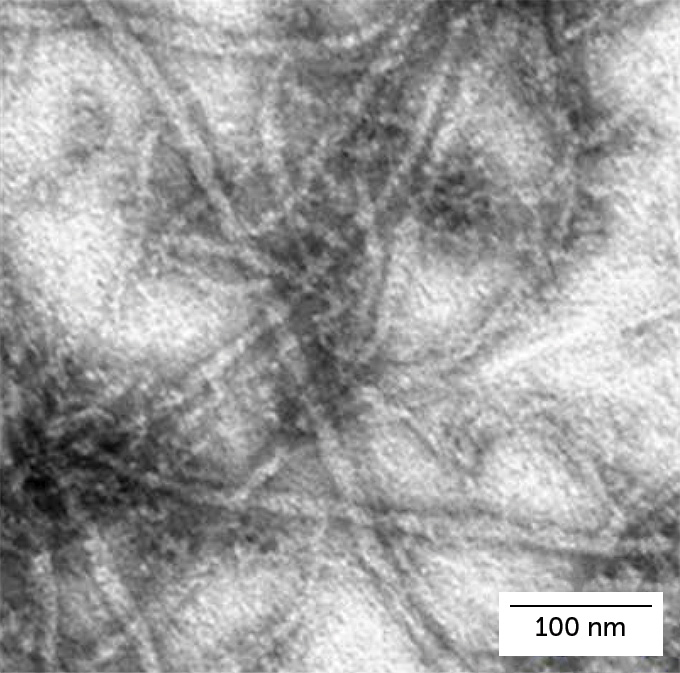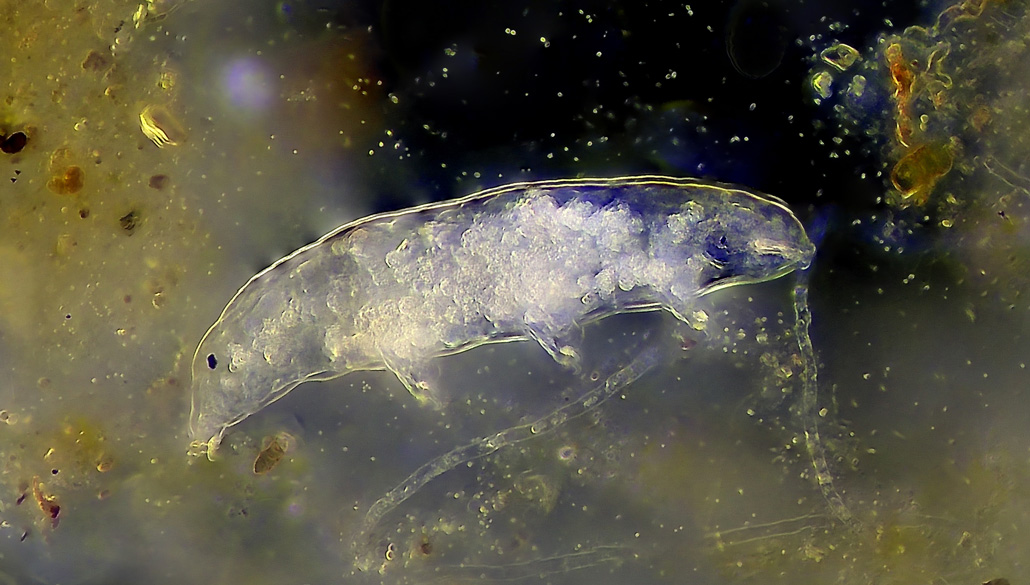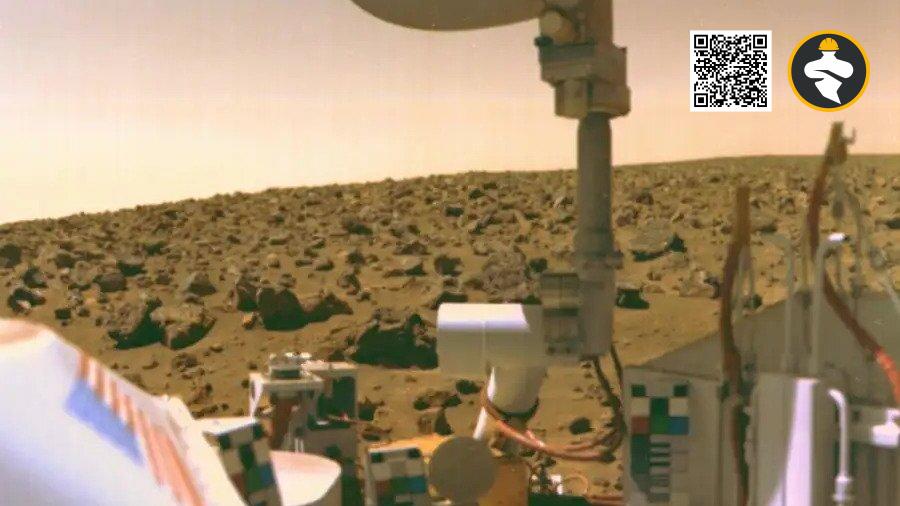The little tardigrade is the toughest animal on Earth. It can endure temperatures as low as -272 degrees Celsius, the vacuum of space, and even exposure to 500 times the amount of X-rays that would kill a human. Or, to put it another way, the organism can withstand circumstances that do not even exist on Earth. Due to their extraordinary toughness and appealing appearance, tardigrades are a favorite among those who enjoy animals. Beyond that, though, scientists are studying the dust mite-sized microscopic creatures to learn how to prepare people and crops for the rigors of space travel.
The indestructibility of the tardigrade is a result of its environmental adaptations, which is surprising considering where it lives, such as the chilly, moist clumps of moss that dot a garden wall. Some people refer to tardigrades as water bears or, more endearingly, moss piglets as a tribute to these environments and their chubby appearance. However, it turns out that a tardigrade’s moss-covered housing might dry out frequently during the year. For the majority of living things, drying is rather disastrous. In certain instances, it harms cells in the same manner that radiation, vacuum, and freezing do.
One effect of drying is the production of significant amounts of peroxides and other reactive oxygen species. The DNA of a cell is chiseled into small fragments by these harmful chemicals, just like radiation does. Cell membranes might wrinkle and fracture as a result of drying. Moreover, it can cause fragile proteins to unfold, making them as worthless as crumpled paper airplanes. Tardigrades have developed unique defense mechanisms to counteract this kind of harm.

A tardigrade dries out, releasing various odd proteins from its cells that aren’t present in any other creatures. The proteins are squishy and formless in water. The proteins, however, self-assemble into long, crisscrossing strands that fill the interior of the cell as the water evaporates. The fibers sustain the cell’s membranes and proteins, acting like Styrofoam packing peanuts to keep them from rupturing or unfolding. Additionally, at least two species of tardigrade manufacture a different protein that is unique to them on Earth. The name Dsup, which stands for “damage suppressor,” refers to a protein that attaches to DNA and may protect it from reactive forms of oxygen physically.
One day, tardigrade imitation could aid in human space colonization. Food crops, yeast, and insects could be genetically modified to produce tardigrade proteins, enabling these organisms to grow more effectively in environments with higher radiation levels than Earth, such as spacecraft. The Dsup protein gene has already been introduced by scientists into human cells in a lab setting. Some of those altered cells were able to withstand doses of X-rays or peroxide chemicals that would have killed regular cells (SN: 11/9/19, p. 13).
The Dsup gene also appeared to shield tobacco plants, an experimental model for food crops, against exposure to the DNA-damaging chemical ethyl methanesulfonate. The additional gene caused the plants to grow more swiftly than those without it. Moreover, plants with Dsup had reduced DNA deterioration from UV exposure.

Early evidence suggests that the “packing peanut” proteins of tardigrades are protective to humans. Researchers announced their findings in the March 18 issue of ACS Synthetic Biology. They found that when human cells were altered to manufacture such proteins, they developed resistance to the chemotherapeutic drug camptothecin. The tardigrade proteins achieved this by preventing apoptosis, a cellular self-destruct mechanism frequently sparked by radiation or exposure to toxic substances.
Hence, if humans ever succeed in traveling to the stars, they may do so in part by leaning on the shoulders of the diminutive eight-legged endurance athletes in your garden.
Reference: Douglas Fox @ sciencenews
M.T. Veling et al. Natural and designed proteins inspired by extremotolerant organisms can form condensates and attenuate apoptosis in human cells. ACS Synthetic Biology. Vol. 11, February 18, 2022, p. 1292. doi: 10.1101/2021.10.01.462432.
M. Yagi-Utsumi et al. Desiccation-induced fibrous condensation of CAHS protein from an anhydrobiotic tardigrade. Scientific Reports. Published online November 4, 2021. doi: 10.1038/s41598-021-00724-6.
J. Kirke, X.-L. Jin and H.-X. Zhang. Expression of a tardigrade Dsup gene enhances genome protection in plants. Molecular Biotechnology. Vol. 62, September 21, 2020, p. 563. doi: 10.1007/s12033-020-00273-9.
T. Hashimoto et al. Extremotolerant tardigrade genome and improved radiotolerance of human cultured cells by tardigrade-unique protein. Nature Communications. Vol. 7, Sept 20, 2016. doi: 10.1038/ncomms12808.
A. Yamaguchi et al. Two Novel Heat-Soluble Protein Families Abundantly Expressed in an Anhydrobiotic Tardigrade. PLOS One. Vol. 7, August 28, 2012. doi: 10.1371/journal.pone.0044209.











